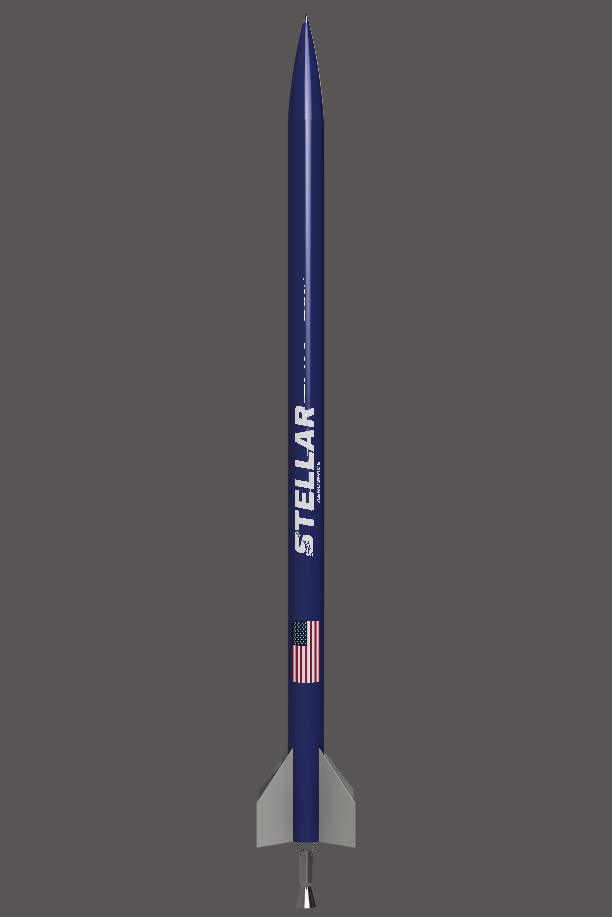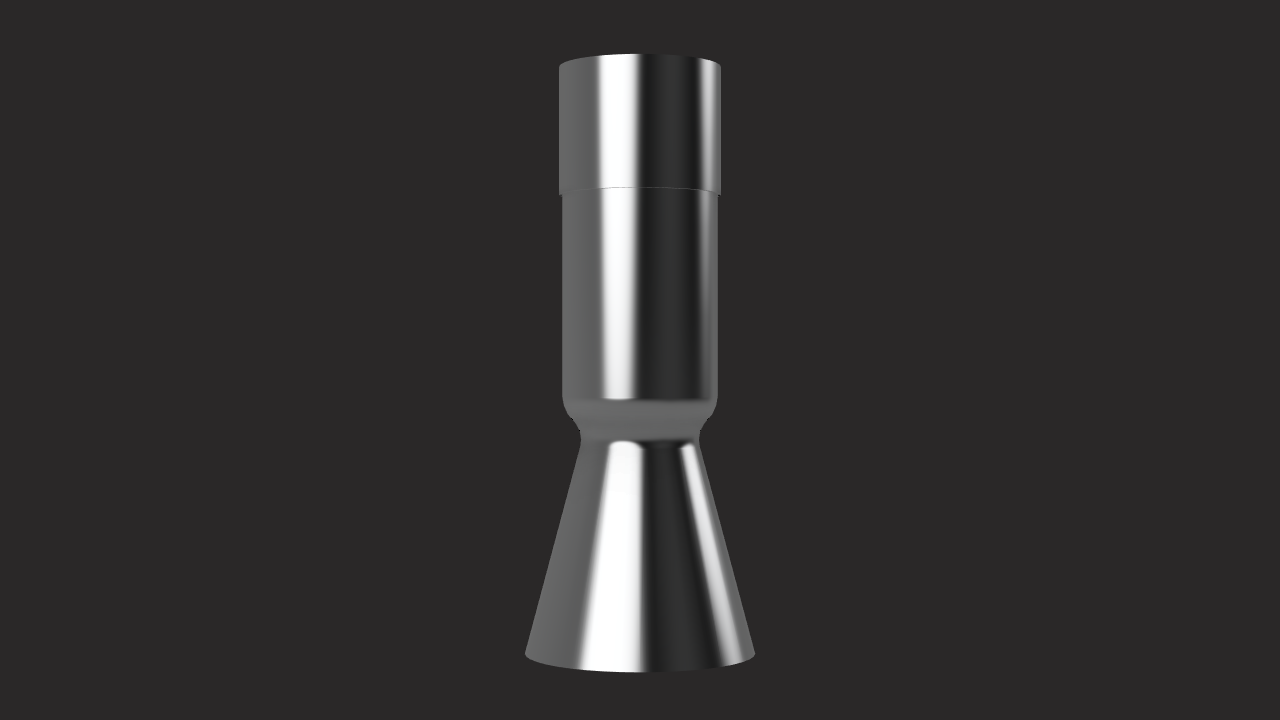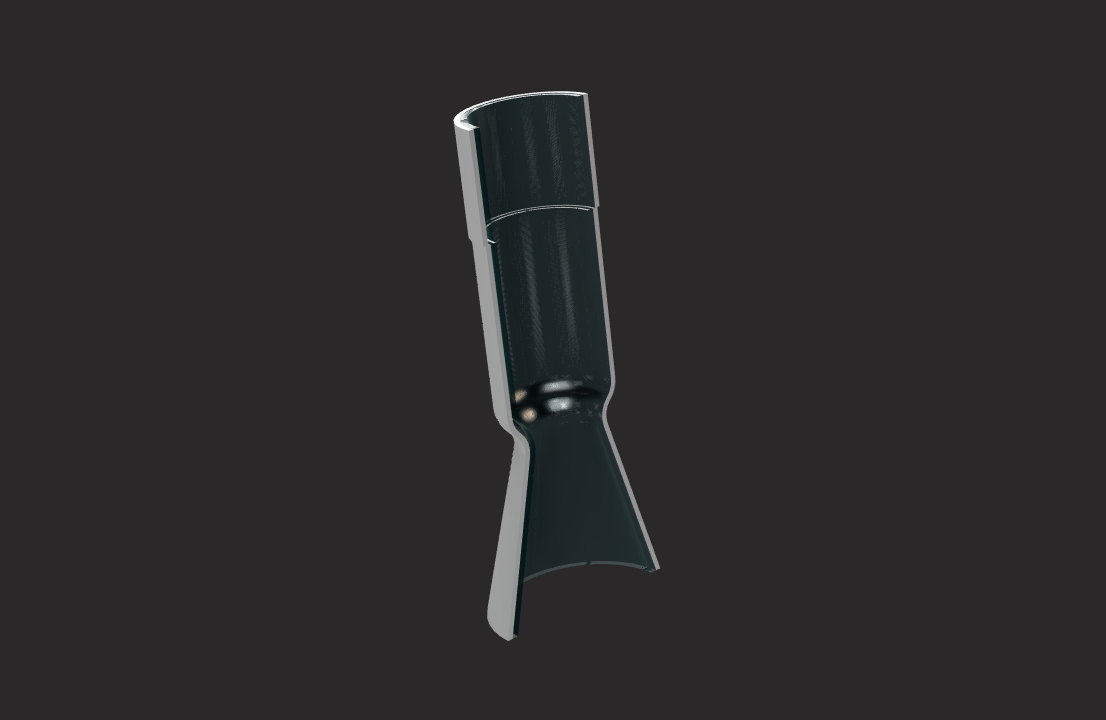May 2026
Final Reflection
The rocket is shipped back to our facility, and we study the results of launch provided by the avionics, writing and publishing a second whitepaper report, this time documenting the results of our launch.
April 2026
Launch
After almost two years of preparation, our rocket is shipped to Los Angeles, California and launched from the Friends of Amateur Rocketry site in the Mojave Desert. The launch will be livestreamed, and a short film documenting the process of creating such a launch vehicle will be released on our Youtube channel shortly after launch kicking off our second PR cycle.
March 2026
Avionics and Recovery
Avionics and nosecone systems are completed, with multiple tests of the parachute subsystem to ensure a safe recovery is possible. A program is created to monitor all telemetry data recieved from avionics, and an antenna subsystem is set up to ensure the delivery of this data, even if the rocket is at great altitudes.
February 2026
Rocket Body and Electronics
More funds are raised, and parts for the rocket body are ordered. Once delivered, the rocket body is assembled, along with the battery and electronics system that will go with it.
January 2026
Revising Engine
Many failure points are expected to be discovered after engine testing. Each one identified will be responded to with a plan to fix each, and each will be tended to until all are gone and engine-nozzle subsystem works in harmony. Design of rocket body and electronics/avionics system begins.
December 2025
Reflecting on Engine Test
The engine is brought back to our facility, and we study the results of the engine test, identifying any failure points. A white paper report is drawn up, documenting the results of our engine test. It will then be edited, and subsequently published.
November 2025
Engine is Tested
The rental of rural property should allow us to finally test our engine in a hot-fire, while containing any shrapnel and minimizing potential damages in the case of a failure. Videos documenting the hot fire will be released, kicking off our first PR cycle.
October 2025
Testing Preparations
Our electronics subsystem is completed, including integration with our PC to monitor the engine, and the assembly of the test stand is also completed. Our safety systems are assembled, and prepped to be used during our test fire.
September 2025
Test Stand Construction
As more funding is secured, we will be able to purchase our test stand parts and work on the assembly of the test stand. From there, we will test and refine our electronics subsystem in preparation for our engine hot-fire.
August 2025
Preparation for Manufacturing
A new space was found and finally leased, giving us our first space. We completed the design of the new pump-fed system, complete with pump-mounting sketches and new electrical and flow diagrams. Maytec profiles and tooling was ordered, preparing us for the assembly of the test stand.
July 2025
Engine System Changes
As issues are discovered while designing the pressure feeding system, the engine design is changed to electric-pump-fed, with a solid-state battery being used as the rocket's power source.
June 2025
Frame Material Changes
The design of the test stand frame is switched from steel to aluminum, with the frame now intended to be constructed from Maytec aluminum profiles.
May 2025
Work Resumes
Work on the Guinea Pig rocket resumes, with a flow diagram created, labelling every fitting and visualizing where engine plumbing will be mounted.
April 2025
Sublease Update
Guinea Pig project still on hold. Negotiations with the small business owner fail, and a search for another space to lease beigns.
March 2025
Work is Paused
The team begins to get busy with schoolwork, and the Guinea Pig rocket is put on hold.
February 2025
Test Stand Electronics
The design of the engine test stand continues, with sensors and electronics integrated into the system.
January 2025
Stress Simulation
Test stand design continues, with structural simulations being conducted to optimize frame design.
December 2024
Design Continues and Fundraising Begins
The design of the engine test stand is continued, and a steel frame is designed in CAD. Donations begin to be recieved.
November 2024
Engine Test Stand Design Begins
With the completion of the engine 3D print file, we have begun the process of designing the engine test stand. We began talks with a local small business owner to sublease space to operate from. This website was released.
October 2024
Trajectory and Simulation
We coded a simulation of the rocket's ascent to finalize the specifications. In addition, we completely finalized the engine nozzle geometry.
September 2024
Recovery Research and Design
We completed a basic design of our recovery system. This encapsulated the programming of a simulation to predict the rocket's behavior upon descent, which was used to figure out what specific parachutes are needed and how many.
August 2024
Stellar Aerospace is Formed
We formed our group, recruited new members, and begun holding meetings. Since the basic rocket design had been completed by our CEO prior to our group forming, our first step as a group was to begin research on the descent of the rocket and use this to determine the various stresses it will encounter and their magnitudes.





















